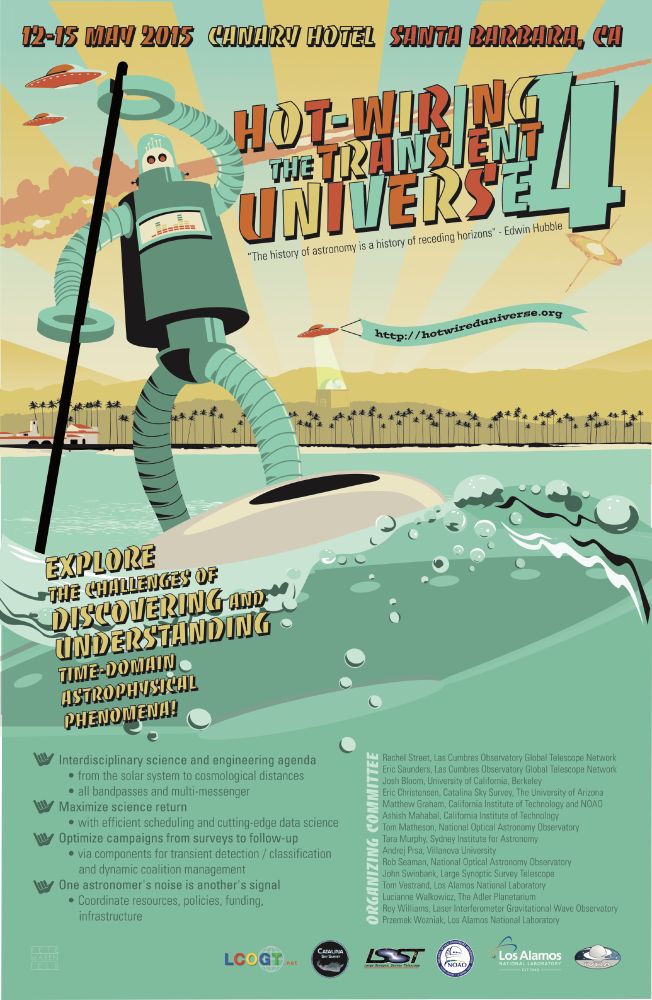
#Pollinators #Insects #Angiosperms #Arizona
#Pollinators #Insects #Angiosperms #Arizona
#CenturyPlant #PatienceSometimesPaysOff

#CenturyPlant #PatienceSometimesPaysOff
#Space #Satellites

#Space #Satellites
#PlanetSci

#PlanetSci

#Astronomy #Science #Time

#Astronomy #Science #Time
#DangerWillRobinson

#DangerWillRobinson
Table (right) of their various sizes and other properties.
A typical batch of discoveries. One PHA.
Big dots are discovery observations. NEOs move in all directions and rates, as shown, typically fading.
Comments for more.
#PlanetSci


Table (right) of their various sizes and other properties.
A typical batch of discoveries. One PHA.
Big dots are discovery observations. NEOs move in all directions and rates, as shown, typically fading.
Comments for more.
#PlanetSci
#PlanetSci

#PlanetSci
www.dunlap.utoronto.ca/hotwired7/

www.dunlap.utoronto.ca/hotwired7/
(see comments)
#PlanetSci

(see comments)
#PlanetSci
#astromethods

#astromethods
#astromethods

#astromethods
#astromethods

#astromethods
#astromethods

#astromethods
#PlanetSci
Scroll NEOfixer & open Orbit View tab:
neofixer.arizona.edu/site/500/K24...
Or enter any objects you want in Catalina Sky Survey's full orbit viewer app:
catalina.lpl.arizona.edu/css-orbit-view?

#PlanetSci
Scroll NEOfixer & open Orbit View tab:
neofixer.arizona.edu/site/500/K24...
Or enter any objects you want in Catalina Sky Survey's full orbit viewer app:
catalina.lpl.arizona.edu/css-orbit-view?
I want to see if a Bluesky post gets more impressions than the same post on FB (with similar numbers of friends/followers).
Me sitting on a SnoCat headed to the Wyoming IR Observatory c. 1986.
#Tucker #WIRO #SaladDays

I want to see if a Bluesky post gets more impressions than the same post on FB (with similar numbers of friends/followers).
Me sitting on a SnoCat headed to the Wyoming IR Observatory c. 1986.
#Tucker #WIRO #SaladDays
#astromethods
p24 of noirlab.edu/public/media...

#astromethods
p24 of noirlab.edu/public/media...
#astromethods

#astromethods
#astromethods

#astromethods
#astromethods

#astromethods
#astromethods

#astromethods

#astromethods

#astromethods
#ADASS

#ADASS

